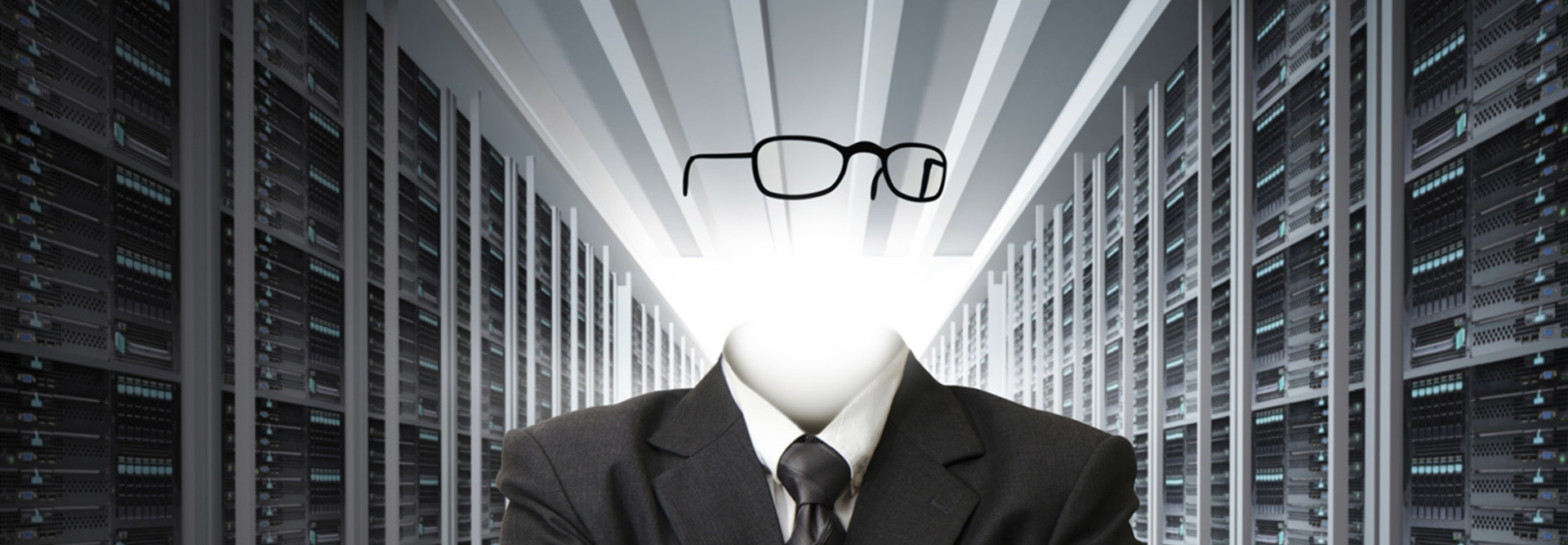Is the Future of Software User Interfaces Invisible?
When the iPhone rose to prominence, one of the things that many analysts and enthusiasts cited as a factor in its dominance was the device’s intuitive user interface.
In a 2010 post for The New York Times Bits blog, Nick Bilton wrote that the iPhone offered “a much more intuitive and simple experience than the desktop model which had existed for decades before it.”
If simple, clean and intuitive have been the key mantras driving current UI trends in recent years, it might surprise you that the UI of the future might be no UI at all.
Michael Yamnitsky, writing for the Forrester blog, recently explored this concept of software going “invisible”:
Software is getting smarter, thanks to predictive analytics, machine learning, and artificial intelligence (AI). Whereas the current generation of software is about enabling smarter decision-making for humans, we’re starting to see “invisible software" capable of performing tasks without human intervention.
One such example is x.ai, a software-based personal assistant that schedules meetings for you. With no user interface, you simply cc “Amy” on an email thread and she goes to work engaging with the recipient to find a date and optimal place to meet.
It’s not a perfectly automated system. AI trainers oversee Amy’s interactions and make adjustments on the fly. But over time, she becomes a great personal assistant who is sensitive to your meeting and communication preferences.
The use cases for UI-less software make complete sense in the virtual-assistant example. And it’s one that we’ve been exposed to already with Apple’s Siri and Microsoft’s Cortana. But Yamnitsky thinks that UI-less can have an impact in enterprise IT in areas like DevOps, customer service and expense management.
These are areas of software where the UI isn’t glamorous as it is, so it might make sense to reduce efforts to consumerize these UIs and instead figure out how to extract the pieces of these functions that can be turned “invisible.”
“With a higher level of abstraction, this new generation of software will have a greater impact on human jobs than ever seen before,” Yamnitsky writes.









